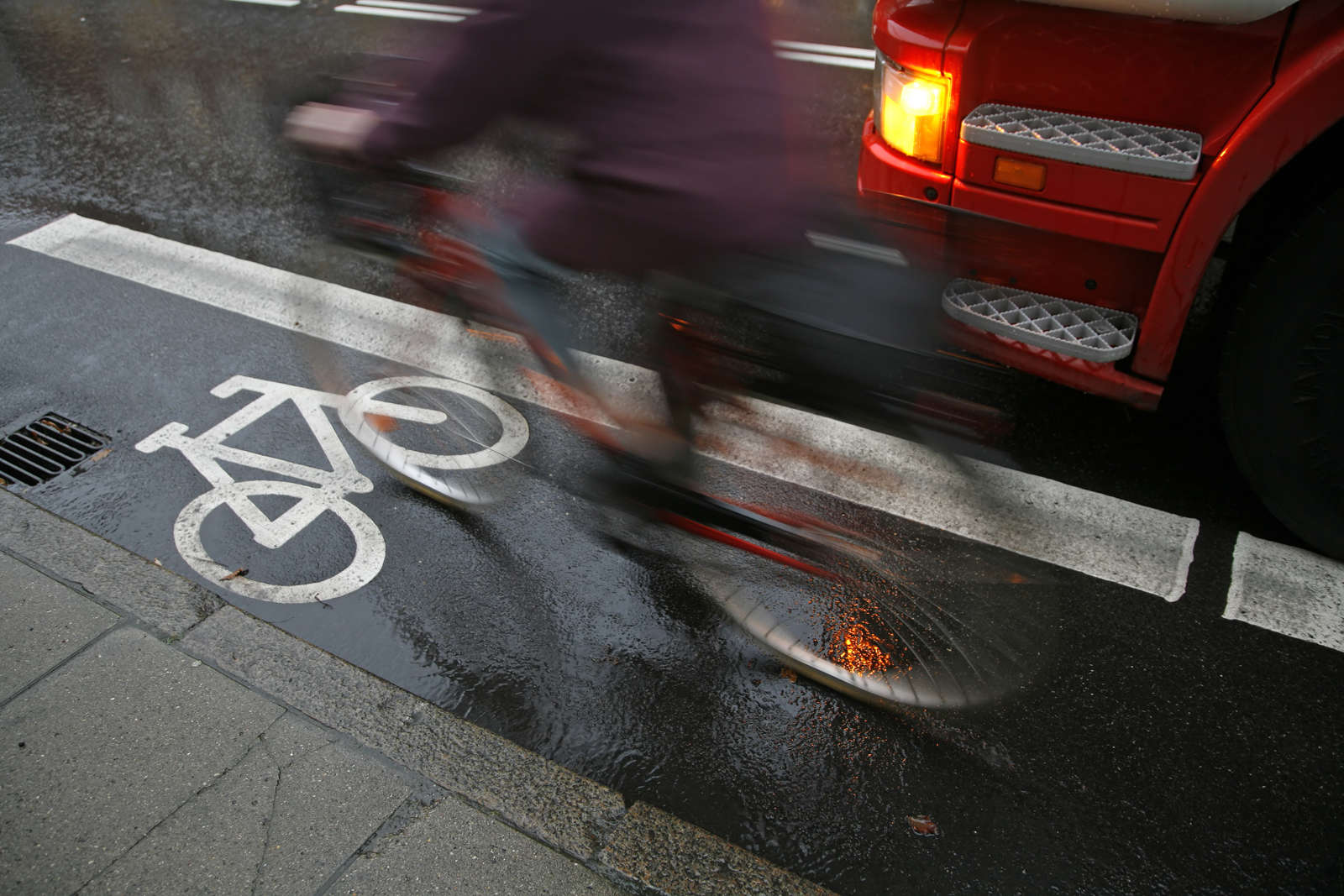When it comes to running a profitable transport or logistics company, winning new clients, and retaining them long term, is always a key goal.
But when those clients have choices of who they use, and their own pressures to get the right service at the right price, it can be tough to achieve that goal.
One way your business can stand out from the crowd is to use proven CPD training that you can trust with your drivers.
Here are 3 ways that CPD helps you win and retain more clients…
1. Preventing Vehicle Theft
Goods vehicles and loads are a clear target for thieves.
This presents a risk to the driver, your vehicle and your customer's goods, so how do you help drivers manage these risks?
By creating good practice with ongoing CPD.
You can create good practice to reduce the risks to drivers, your vehicles, and loads by educating drivers and staff within your organisation on:
Tightening the security of vehicles and monitoring where they are parked.
The vehicle keys storage procedure for both the office and when ‘out on the roads’.
Where the driver’s identity and kit are stored, making sure it’s secure and not ‘lent out’.
Awareness of strangers on your premises.
Who to contact and report observed unusual behaviour.
Sharing of key telephone numbers with your staff so they know exactly who to call if the situation arises.
This will help prevent theft and reduce the likelihood of your vehicles being hijacked.
What’s more, by protecting your client’s goods, you’ll protect your own reputation and find it much easier to retain that client, as well as winning new clients based on your solid track record.

2. Protecting Vulnerable Road Users
As a group, vulnerable road users, such as children, the elderly, the less able bodied, including hard of hearing and sight-impaired people, cyclists, motorcyclists, horse riders, and all pedestrians, need extra protection from your drivers.
Without the right care and consideration incidents sadly can, and do, happen and the outcome of those can be catastrophic for everyone involved.
Then there's the fallout for your business, with bad press leading to loss of reputation, loss of long-term clients, significant cost implications from vehicle damage to insurance claims, and possibly even court cases.
So how do you help drivers protect vulnerable road users? It starts by creating a shield.
Vulnerable road users do not have a protective shield around them. However, vehicle drivers do, and the bigger the vehicle, the bigger the shield.
You and your drivers can create a protective shield for the vulnerable road users by:
Slowing down to less than 20 miles an hour outside schools, at pedestrian crossings and areas where there is a high volume of pedestrians or cyclists. Anticipate whilst in those areas and be prepared to stop to let pedestrians cross the road safely.
When turning left always use your rear and side mirrors throughout the manoeuvre, checking all your blind spots for cyclists and other vulnerable road users.
Driving with a large distance between you and the cyclist or horse in front of you, as cyclists stay close to the edge of the road where it is most uneven with potholes and drain covers. Beware that they may veer into your path.
Giving cyclists, horse riders, and pedestrians a car’s width as you pass them – that’s at least 3 meters, as they are all vulnerable to air draughts from passing vehicles.
When overtaking horses and riders, do so at only 15 mph or below. If alarmed a horse’s natural instinct is to run which could be at your vehicle whichever way you are traveling from or towards them.
Respect cycle lanes and pavements. Don’t drive or park in/on them.
When parked on the road use the ‘Dutch Reach’ method to open doors onto the road.
Creating safer habits through ongoing driver CPD and reminders of good practice, help protect vulnerable road users. And, when you do that, you also protect your reputation as a safe business, helping to win and retain profitable clients long term.

3. Becoming More Environmentally Friendly
These days society is far more aware of the need to reduce the use of fossil fuels and the level of emissions that pollute the air we breathe.
Conserving/reducing fuel consumption is one of the key ways we can reduce our impact on the environment without having to make the investment into electric vehicles.
How can you help your drivers to think and drive in a more fuel efficient way?
Utilising driver CPD is a great way to help your drivers understand that making small changes in the way they drive will help reduce emissions.
That, in turn, helps your business become more fuel efficient, and portray a ‘greener’ image to new and existing clients.
These are the key areas to cover…
Monitor harsh acceleration and harsh breaking through Telematics.
Make it your policy that drivers set their limiter at 52 mph on motorways, rather than at 56 mph – this saves …% of fuel.
Make it your policy to not allow engine idling when they are parked.
Consider having careful refuelling as part of your drivers’ code of conduct, to avoid unnecessary spillages.
Provide e-learning that guides them to think differently about fuel consumption and planning well ahead.
Encourage your drivers to be part of your team effort to reduce emissions and fuel costs – you could even reward drivers who reduce their fuel consumption!
There are an ever-increasing number of business that have ‘green’ relationships as a high priority on their checklist when looking for new partners, so by showing your care about the environment, you're much more likely to attract and retain new clients.

How Road Skills Online can help you with providing ongoing CPD to your drivers
Our industry standard, driver Professional Development Plan (PDP) is formally recognised by the CPD Standards Office as recorded CPD training for all e-learning toolbox talks completed!
Alongside the numerous cost savings and safety benefits of an on-going programme of PDP, it also provides a tick in the box for a number of industry standards and accreditations such as FORS D4, S5 and G5, and DVSA Earned Recognition Section 8.2, and of course your O Licence Undertaking that you signed for.
If you’d like to discover how it can help your business, why not request a free demonstration and see the system for yourself?
Alternatively, if you would prefer to have a chat about how our e-learning will benefit your business give us a call on 01202 923092 and we'll be happy to hear from you.


